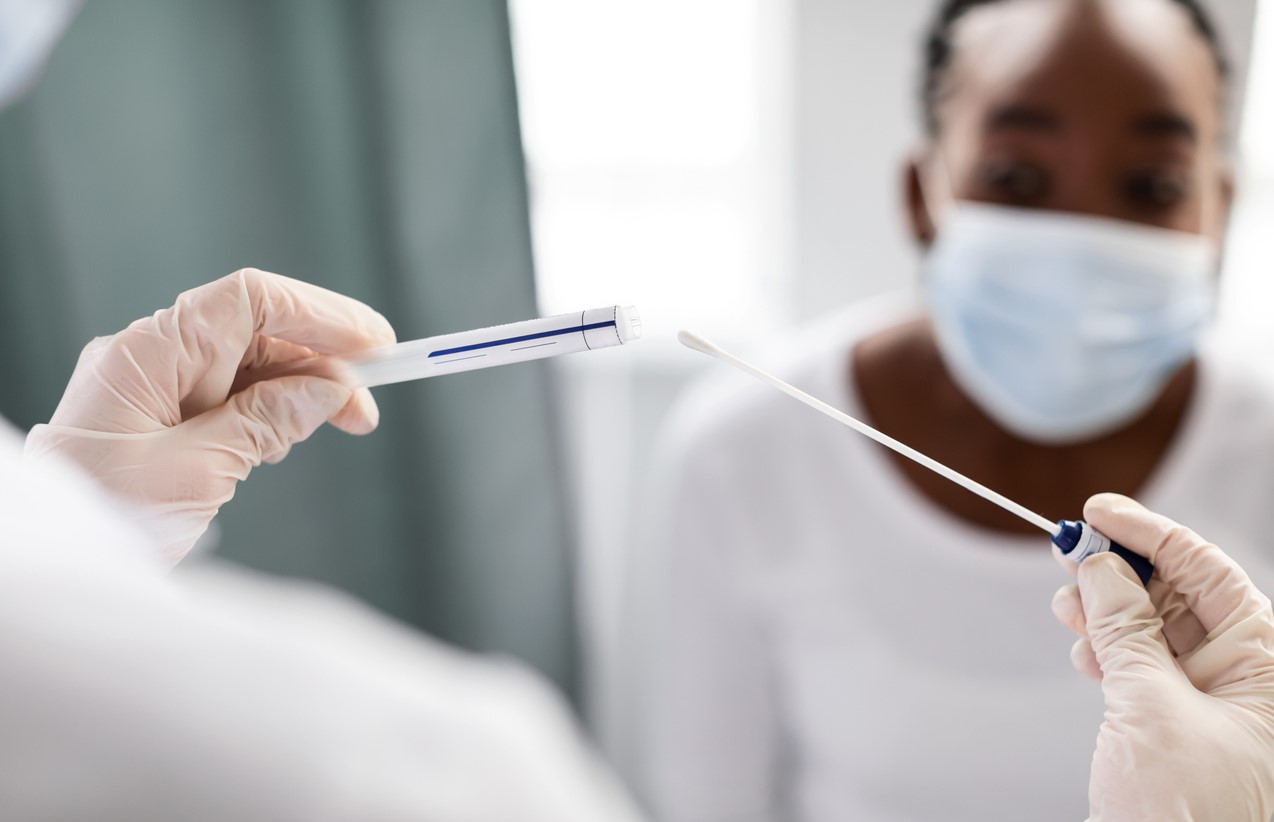An analysis of data from 51 countries highlights the diversity of mechanisms driving antibiotic resistance (ABR), researchers this week in The Lancet Planetary Health.
For the study, a team of researchers from France's Institut Pasteur analyzed count data of clinical isolates for 13 drug-bacterium pairs in 51 countries extracted from the ATLAS (Antimicrobial Testing Leadership and Surveillance) system from 2006 through 2019. Their aim was to evaluate ABR spatial-temporal dynamics and identify and compare the key mechanistic factors—including antibiotic sales, meteorologic and climatic variable, wealth and health metrics, and population density—associated with those factors.
A total of 808,774 isolates from all infection sources were analyzed. For 2019, median ABR rates ranged from 6.3% for carbapenem-resistant Klebsiella pneumoniae to 80.7% for fluoroquinolone-resistant Acinetobacter baumannii, with variations across countries. The only resistance trend observed from 2006 to 2019 was for drug-bacterium pairs associated with carbapenem resistance, which increased in more than 60% of investigated countries.
Key factors associated with ABR rates varied greatly among drug-bacterium pairs. Multivariable analyses identified significant associations of ABR with country-level antibiotic sales, but only in fluoroquinolone-resistant Escherichia coli, fluoroquinolone-resistant Pseudomonas aeruginosa, and carbapenem-resistant A baumannii. There was also a correlation between temperature and resistance in Enterobacteriaceae, between carbapenem-resistant A baumannii and gross domestic product, and with health system quality for all drug-bacterium pairs except Enterococci and Streptococcus pneumoniae pairs
Resistances are driven by both individual behaviours and global environmental mechanisms.
The authors of the study say the findings show that ABR is a "plural threat."
"Despite differences across pathogens, resistances are driven by both individual behaviours and global environmental mechanisms setting ABR in a One Health framework," they wrote. "Therefore, strategies to tackle worldwide antibiotic resistance should be tailored accounting for the species, the resistance, and the epidemiological settings at stake."


 Surveillance at a large school district in Kansas City, Missouri, found that 25% of nasal swabs from students and staff tested positive for common non-COVID respiratory viruses, according to a
Surveillance at a large school district in Kansas City, Missouri, found that 25% of nasal swabs from students and staff tested positive for common non-COVID respiratory viruses, according to a 












